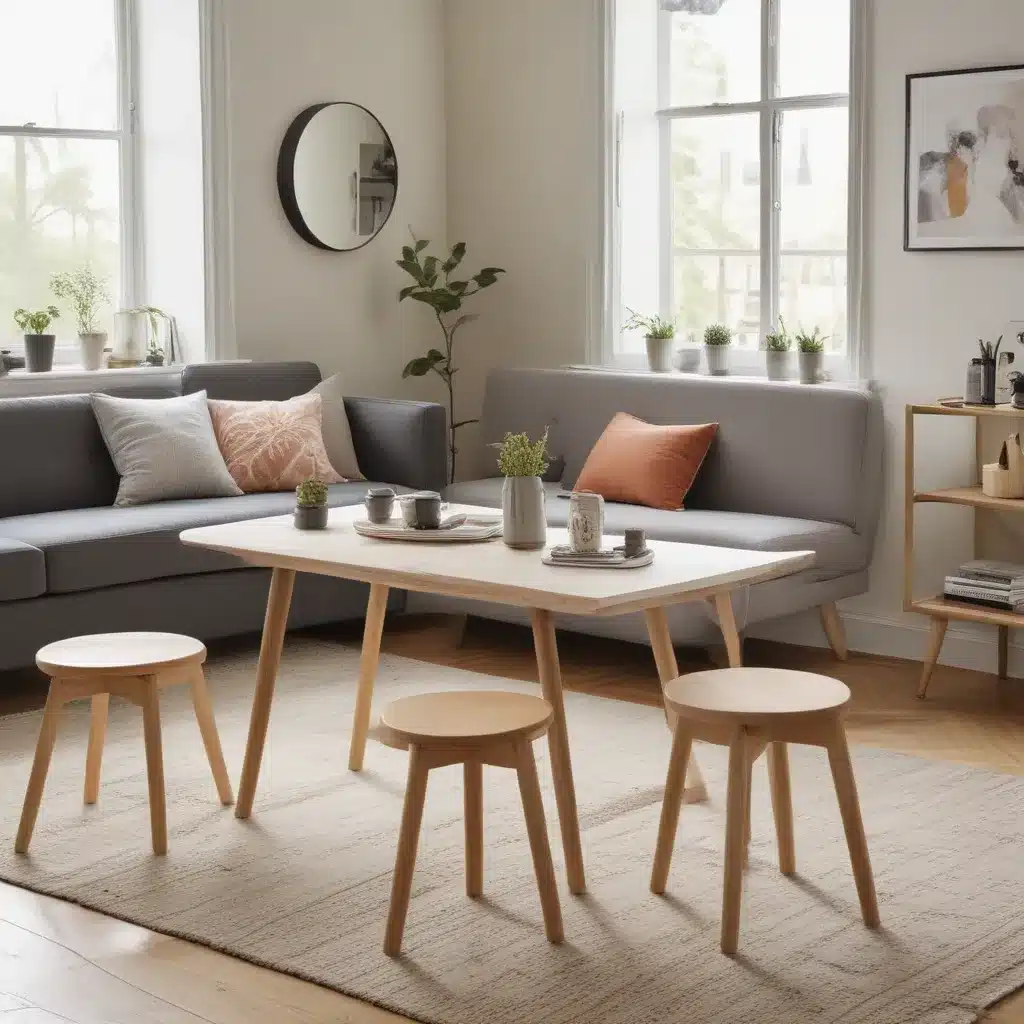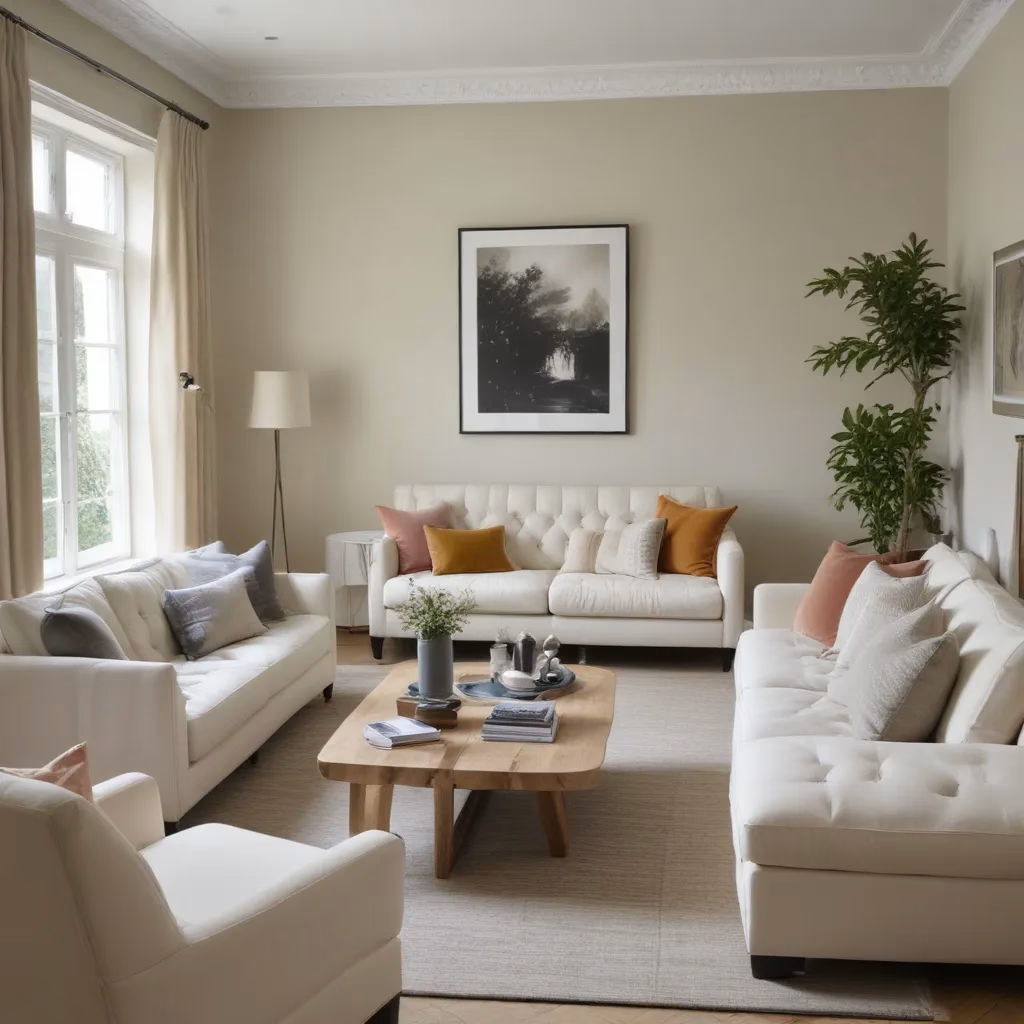The Audacity of the Miniaturist
There’s just something about miniatures – an itsy bitsy teenie weenie version of a life-size object or person or building or anything, really – that’s charming as hell. Of course, it’s partly the meticulousness of the artistry itself and wrapping your head around the fact that a common pair of human hands has somehow figured out a way to recreate a pint-sized replica of something else. But on a deeper level, I think we’re responding with awe and disbelief at the sheer audacity of the artist who got a wild hair to make a miniature in the first place.
There’s no one more audacious in this way than miniaturist Danielle McGurran of Cityfolk Studio. The New Yorker builds miniatures primarily of gritty, grody, and decaying storefront facades throughout the city, capturing the beauty in the dingy, beloved small businesses that in all likelihood will turn into Duane Reade pharmacies within the next few years. McGurran is as gregarious as she is fastidious, and recently chatted with PRINT Magazine about her journey to miniatures, her pursuit of delight instead of happiness, and her healthy lack of ambition.
“For most of my adult life, I was totally fucking miserable,” McGurran confesses. “I had the worst day jobs, I worked for the stupidest places doing the stupidest stuff – writing emails about things that didn’t matter at all. I even went to grad school and I got my Masters degree in Library Science. Why? I’m very loud. Why am I in library school?”
But the beauty of getting older, as McGurran discovered, is that “you get over yourself.” She met her wife Bret, who gave her the “psychic permission” to finally start creating the art supplies she had hoarded for years. And that’s when the miniatures began to take shape – starting with a meticulously detailed recreation of the iconic Nom Wah Tea Parlor in New York City.
Capturing the Ephemeral
McGurran’s miniatures tend to depict storefronts and spaces that are on the verge of disappearing – either already closed down or soon to be taken over by soulless corporate entities. “There’s an element of knowing that I can’t save the place itself, but I can make this small thing. And if you take a picture of it with no hand or scale in it, is it that place? Is it still alive? Is it still there?”
She’s particularly drawn to creating miniatures of iconic New York institutions like the famed CBGB bathroom, where legendary punk bands like The Ramones and Blondie got their start. “It’s that old New York story of a shitty, crappy company taking over an amazing space. Like, ‘Oh, now that’s a Chase Bank or now that’s a Duane Reade.'”
These miniatures aren’t just meticulously crafted – they’re imbued with a deep personal connection and sense of nostalgia for McGurran. “I veer toward stuff that’s from the past because I have stories attached to them,” she explains. “That’s why I made an old cigarette machine, and so many people commented about how their mom or dad would make them go get them cigarettes out of that machine. I just wanted to make it because I thought it looked cool and I love old analog shit – machines, record players. It’s very cool to hear people connect to and have a visceral reaction to this little thing that’s a representation of a big thing that’s no longer around.”
A Dedication to Delight
But McGurran’s miniatures aren’t just about capturing the ephemeral – they’re also about sparking pure delight in those who encounter them. “The engine that keeps me going is the idea of people being delighted by my work,” she says. “I love the idea of delight. I don’t really believe in happiness because I feel like that’s a made-up thing that maybe only Danish people know about, but I do think that delight should be the goal in life.”
Her miniatures are like “these delightful little confections that people can dip into.” And she gets to see that delight firsthand when people encounter her work in group shows. “It’s super cool because I really get to see them delighted,” she says. “Handmade delight and handmade magic is something that people really react to.”
Part of that delight, she believes, comes from the inherent charm of miniatures themselves. “People just like tiny stuff,” she laughs. “They do. They really do. They like the tiny version of the big thing. It kind of comes from childhood if you think about it – Fisher Price people and little army men and dollhouses and trains and Polly Pocket. All of these toys are already miniatures, so it really is evocative for people from their childhood, even if it’s unconscious.”
Finding Space for Creativity
Of course, creating these intricate miniatures is no easy feat – especially for someone living in the cramped confines of a New York City apartment. “I have no space,” McGurran admits. “I live in New York City. I’m talking to you from what I call my ‘Cludio’ – it’s literally a closet. My whole studio is a closet. It was supposed to be where the washer and dryer was.”
But McGurran has found ways to work within her limitations. She spends hours researching and planning her miniatures in her “Mind Palace” before ever putting glue to basswood. And she’s learned to get creative with the materials she has on hand, using household items to create elements of her miniatures when she doesn’t have access to specialized tools or equipment.
“I don’t want it to be this slog, so I’ll do some computer work in the morning and some gluing in the afternoon and then I’ll putz around and then I’ll hang out with my wife and my dog and we’ll watch Real Housewives – so I have a life,” she says. “I’m not very ambitious. Ambition is overrated, I think.”
And for McGurran, that lack of ambition is actually a strength. “Being excited to do this thing and choosing to keep doing it – I didn’t do it for so long because I was just stopping myself. I was leaving that pile of art supplies in the corner or hiding it under my bed, haunting me. And it just was that one day of taking it out and sitting down and just going.”
Bringing Miniatures to Life
So what does that process look like in practice? Well, for McGurran, it often starts with an idea that’s been percolating in her mind for years. “I have a ‘Mind Palace,'” she explains. “I build things in my head for so long. I think about stuff for years and I obsess.”
Take her recent miniature recreation of a sign painter’s studio, for example. “I had been thinking about that piece for probably two years,” she says. “My mom was a huge influence – she and my dad recently sold their house, the house I somewhat grew up in on Long Island, so I was feeling a little sad about that. I had seen her old sign painting box when she pulled it out because all of her old stuff was down in the basement, so I was sort of doing it as an homage to her.”
But it’s not just the emotional connection that fuels McGurran’s work – it’s also her deep fascination with the minutiae of the creative process. “I love minutiae. I mean, it makes sense. I make miniatures of course I like minutiae. The idea of recreating an electro-pounce machine or a mahl stick – things that most people have no idea about unless you know the world of sign painting – that’s fun to me. To really get into the nitty-gritty.”
Once she’s got the idea solidified in her mind, the actual creation process can take McGurran anywhere from a week to two months, depending on the complexity of the piece. “I spend hours researching and hours in Photoshop having to recreate labels and boxes. I make everything from scratch,” she says. “Occasionally I’ll use household items to make things, but I just don’t do any 3D printing or engraving since I don’t have any of those machines because I have no room.”
And the end result is always a labor of love – even if it means she has to occasionally step back and take a break. “Sometimes I get very cranky. I’m upset that it’s over. I’ll think that maybe there’s more I can do or I’m not ready to give it up. Other times I’m so tired of it. There are pieces I’ve done where even if I’ve loved them in the beginning, they were such a slog because of some technical element or something.”
But once she’s able to step back and share her latest creation with the world, the sense of accomplishment is palpable. “Holy shit, how did I do that?” she marvels. “I really do. I’m like, ‘I don’t know how I did that.’ I think that’s because sometimes there’s this flow when I really get into something where time has no meaning and I’m just doing my thing and I forget to step back. So when I’m done, I’m like, ‘Oh, wow. Cool.'”
And for McGurran, that feeling of creative flow and accomplishment is the true reward. “Keeping in mind that I’m 50, I spent a lot of years not making art. So now I really appreciate it in a way that’s profound,” she says. “I want that for everyone. I wish everyone could feel that who wants to be creative. It does take time sometimes to get there, and some people never do. But it’s a choice. Being excited to do this thing and choosing to keep doing it – I didn’t do it for so long because I was just stopping myself.”
Bringing Miniature Magic to Pint-Sized Spaces
So how can you bring a little bit of that miniature magic into your own pint-sized home? Well, the team at Sofa Spectacular has some tips:
Opt for Multifunctional Furniture
When space is at a premium, pieces that can serve double duty are essential. Look for ottomans with hidden storage, coffee tables with pullout trays, or even a daybed that can function as both a sofa and an extra sleeping surface.
| Furniture Type | Multifunctional Features |
|---|---|
| Ottomans | Hidden storage compartments |
| Coffee Tables | Pullout trays, shelves, or drawers |
| Daybeds | Serve as both a sofa and a bed |
Embrace Vertical Space
Don’t let those high ceilings go to waste! Install wall-mounted shelves or bookcases to maximize vertical space and keep the floor plan feeling open and uncluttered.
Choose Scaled-Down Silhouettes
When it comes to sofas, loveseats, and armchairs, opt for pieces with slimmer, more compact dimensions. Avoid bulky, oversized furniture that can make a small space feel even tinier.
Utilize Mirrors
Strategically placed mirrors can create the illusion of depth and make a room feel larger. Hang a large mirror across from a window to bounce more light around the space.
Prioritize Flexible Lighting
Floor and table lamps that can be easily moved around are essential in a small space. Look for options with adjustable brightness and positioning to customize the lighting as needed.
By incorporating these space-saving strategies – and maybe even a few miniature works of art – you can transform even the tiniest of homes into a stylish and functional oasis. After all, as Danielle McGurran knows, great things really do come in small packages.




